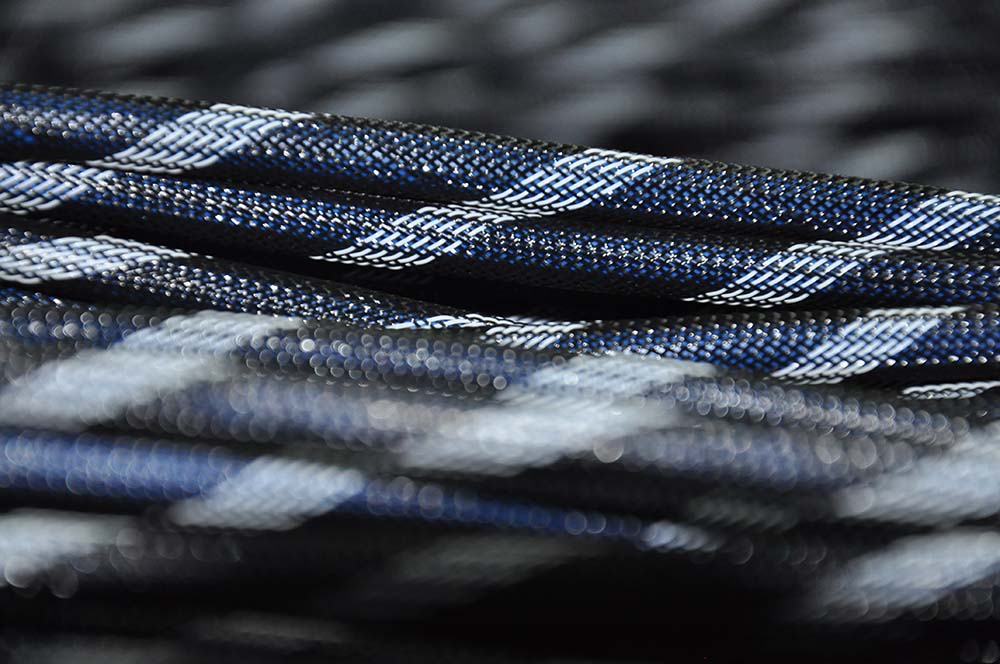In many surveillance security installations that use DVRs or NVRs, the customer wants to see the images through a monitor connected directly to the recorder. For this type of installation it is necessary to use monitors and HDMI or VGA cables. Many technicians are faced with different types of situations when they are installing the cables, and in this article we will talk about the HDMI technology and how to choose the best HDMI cables for CCTV installations.
Two things to take into consideration are the length of the HDMI cable and the gauge (thickness) of the wire inside of it. The length of the cable matters to a certain extent. Generally speaking, all HDMI cables are the same. The differences come into play when looking at lengths in excess of 50 feet. For example, your DVR is located in one part of your home or building and you want to bring it up on a monitor that is located more than 50 feet away from the DVR itself. You can certainly run a cable of this length, but you risk the possibility of losing some of the resolution.
The next thing you want to pay attention to is the gauge of the wire inside the HDMI cable itself. On most cables you will notice an AWG number imprinted along the cable, not the connector. AWG stands for American Wire Gauge which is a standardized system for measuring the diameters (thickness) of electrically conducting wire. AWG works backwards in a sense because if the number is higher, the wire is thinner. Check out the image below for a visual explanation.

HDMI cables usually come in gauges of 28 AWG, 26 AWG, 24 AWG, and 22 AWG. In general, a user will want a thicker gauge wire if they plan on running the cable a long distance. A thinner gauge will be usable for longer runs but it won’t be able to handle a full HD signal load. If you only need to run your cable a few feet, a 28 AWG HDMI cable will be fully capable of providing full HD audio and video. For anything longer, 26 AWG should do just fine up to about 75-100 feet depending on the quality of the manufacturing. You’ll simply want to keep gradually going up in gauge as the distance expands.
Conclusion
There is a lot of discussion about the qualities of HDMI cables and obviously there are big differences in prices, in the market it is possible to find very cheap HDMI cables, and there are other stores that sell their cables at very high prices, stating that they provide better image. The answer is actually simple, the cables deliver the video or not, that is, if that cheap cable you bought at the gas station allows you to get a picture of your DVR on a FullHD monitor, the other cable that costs a lot more will not provide a better picture, it’s just a question of whether or not the image displays on the screen.

However, we don’t recommend buying those extremely cheap HDMI cables because there are other factors involved besides showing the image as explained above. Depending on the physical quality of the cable, maneuvering movements can damage it. So you can stay between the cheaper and more expensive cable, that is, you do not have to spend something very expensive, but you do not have to be a wobbler to the point where you buy cables of very poor quality. Recommended HDMI cables can be found on this link.
Note: Be very careful when buying cables on the market that have poor quality material that causes the pins to be damaged when inserted into equipment such as DVRs or TVs.






